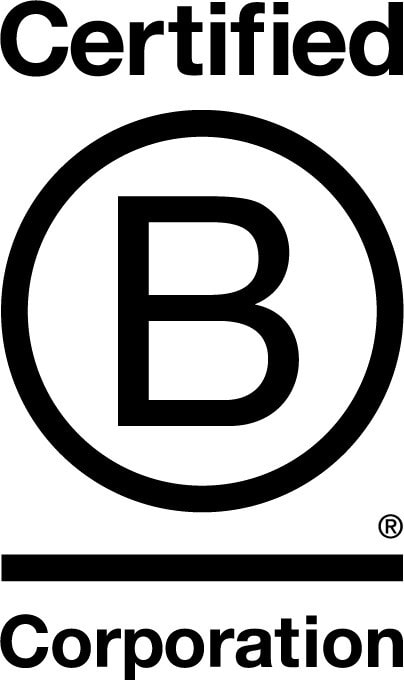SUSTAINABILITY
Our Commitment to Social & Environmental Causes
Sol Haus Design is a mission-driven company committed to environmental and social causes. We are a member of 1% For The Planet and partner with The Honnold Foundation to provide solar access to marginalized communities.
We’re very proud to announce Sol Haus Design is officially a Certified B Corporation.
B Corporations represent a movement of people using business as a force for good. We’re a global community that meet high standards of social and environmental impact. Combining the 3P’s: Profit + People + Planet.
Sustainability in building is now widely recognized as a valuable asset, and for good reason. Here are some of the advantages:
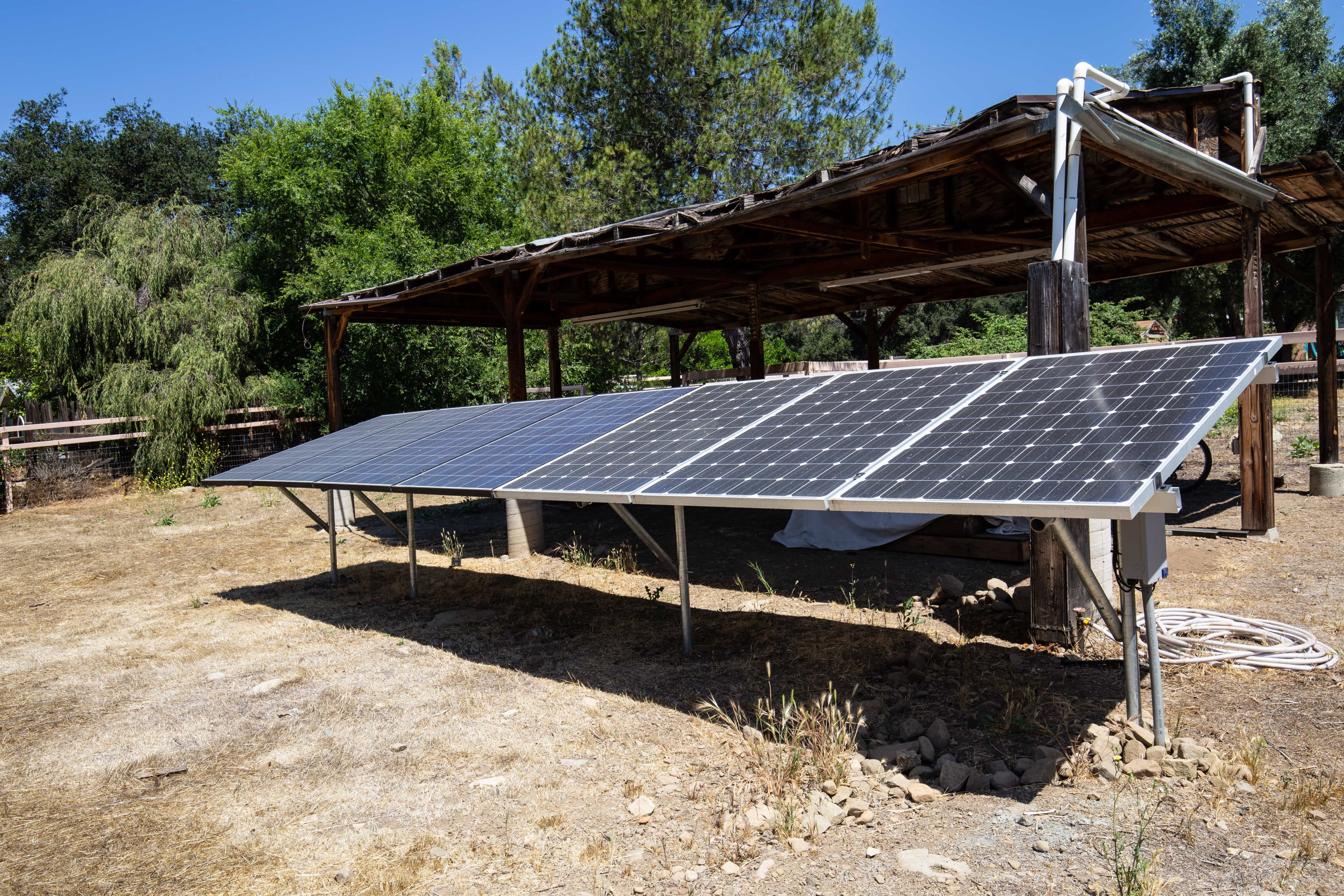
ENERGY EFFICIENCY
The use of passive solar heating and cooling is one of the most effective means of saving energy: using south facing windows, shading at the west and east exposures to minimize heat gain, and using thermal mass at the exterior walls. Other examples are using Low-E and dual paned glass, LED light fixtures, Energy Star appliances, and light-colored roofs. When equipped with solar panels, radiant floor heating, and a gray-water system, a house can be completely off the grid and self-reliant.
HEALTHY LIVING
Creating toxic-free environments is of the utmost importance here at Sol Haus Design. Volatile organic compounds (VOCs) and formaldehyde are common carcinogens which are found in many paints and adhesives—but there are cleaner alternatives we offer our clients. Additionally, rather than installing forced-air units or mechanical ducted systems, our designs utilize natural heating and cooling principles, greatly improving the health of the living space.
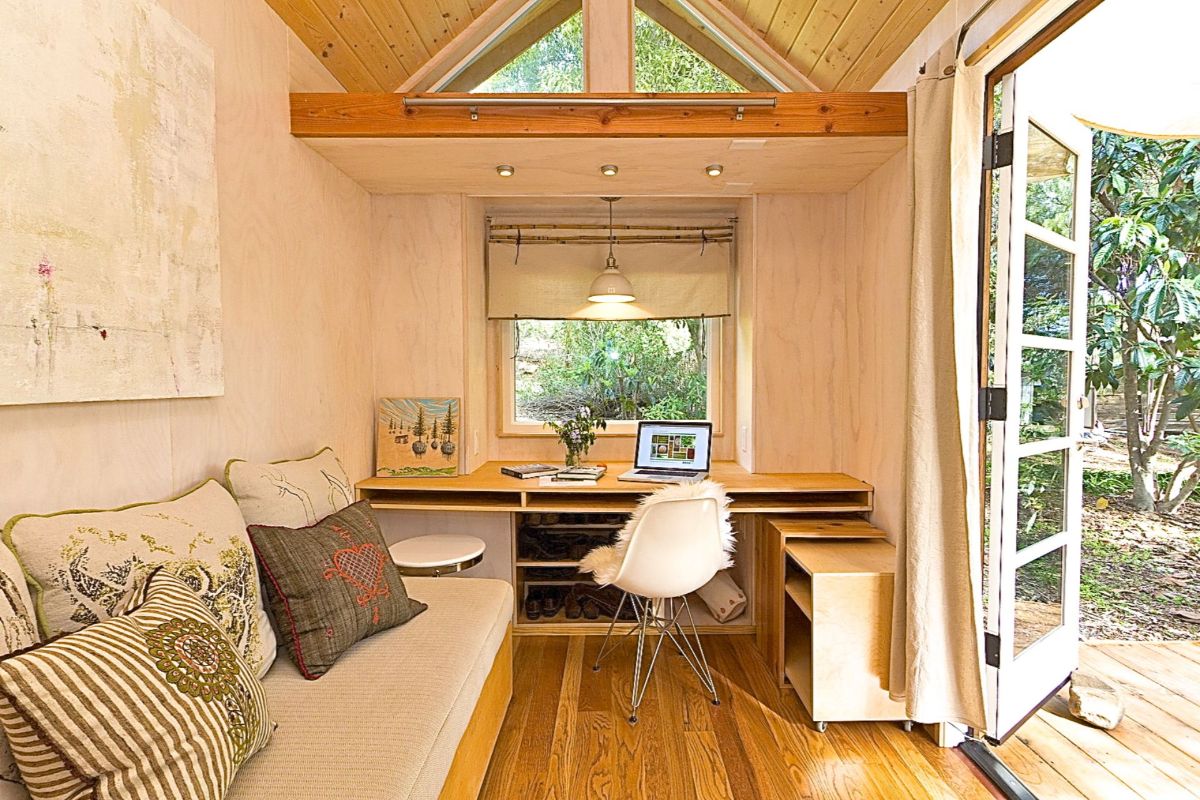
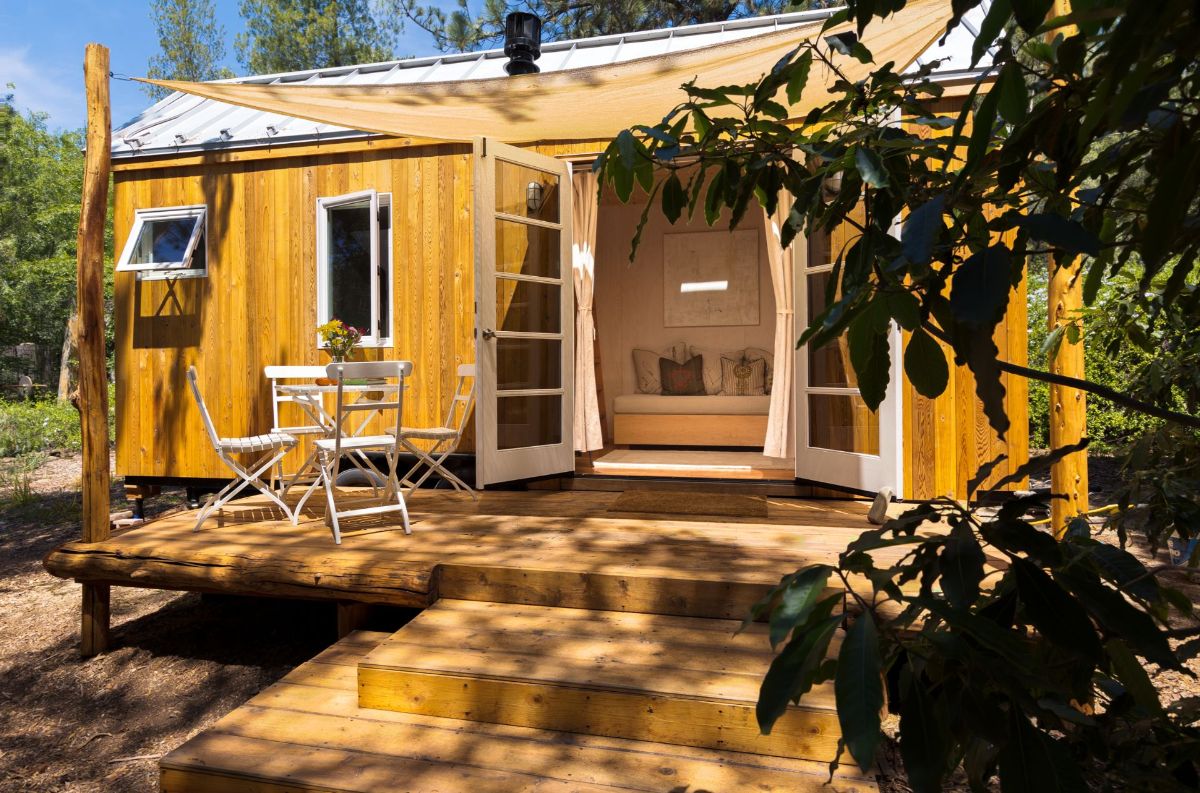
CONSERVATION OF NATURAL RESOURCES
Using wood from managed forests (Forest Stewardship Certified) and specifying recycled products helps preserve ecosystems and minimize waste. Another strategy we implement is the use of prefabricated panel systems in lieu of stick-built construction. SIPs (Structural Insulated Panels) are manufactured wall panels in a factory; they reduce waste, maximize energy efficiency, increase durability, and reduce construction time. Therefore, the project is more economical, sustainable, and much faster to construct.
SMALLER STRUCTURES
Reducing the square footage of buildings, especially homes, is one of the most effective ways of reducing energy and costs. Construction waste is reduced and the use of natural resources is minimized. Best of all, you save money on heating and cooling your home with minimal square footage. Living smaller is a growing trend, especially in the tiny house movement. Check out the portfolio pages for more information on our tiny houses.

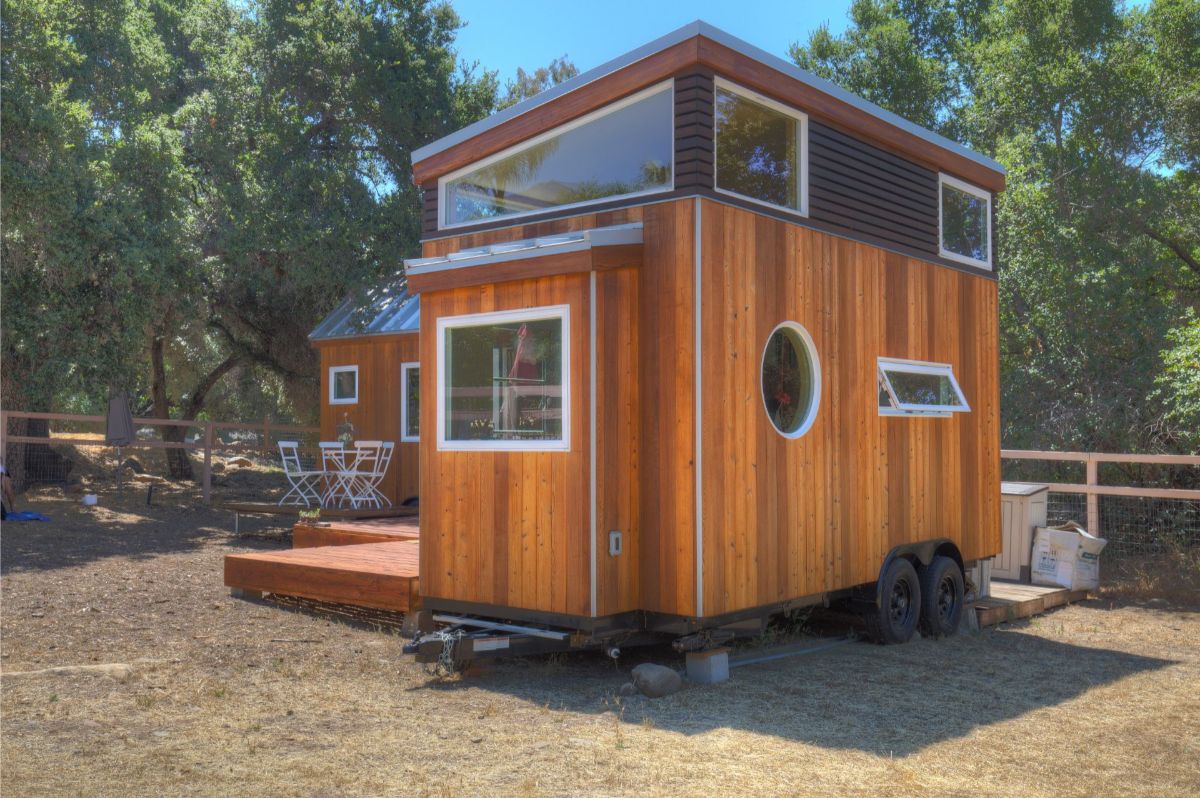
DURABILITY
We value the durability of materials and construction methods so that structures can endure for many years to come. This practice requires less maintenance for the house and property, saving our clients money, time and resources. An example of this is the use of drought-tolerant native plants in landscaping which can reduce or eliminate watering.
LOCAL RESOURCES
We intentionally support our local community by prioritising local suppliers and clients within our region.
When materials and labor are sourced locally, the carbon footprint is minimized by reducing transport and shipping. More importantly, jobs are kept in the community and the local economy is supported.
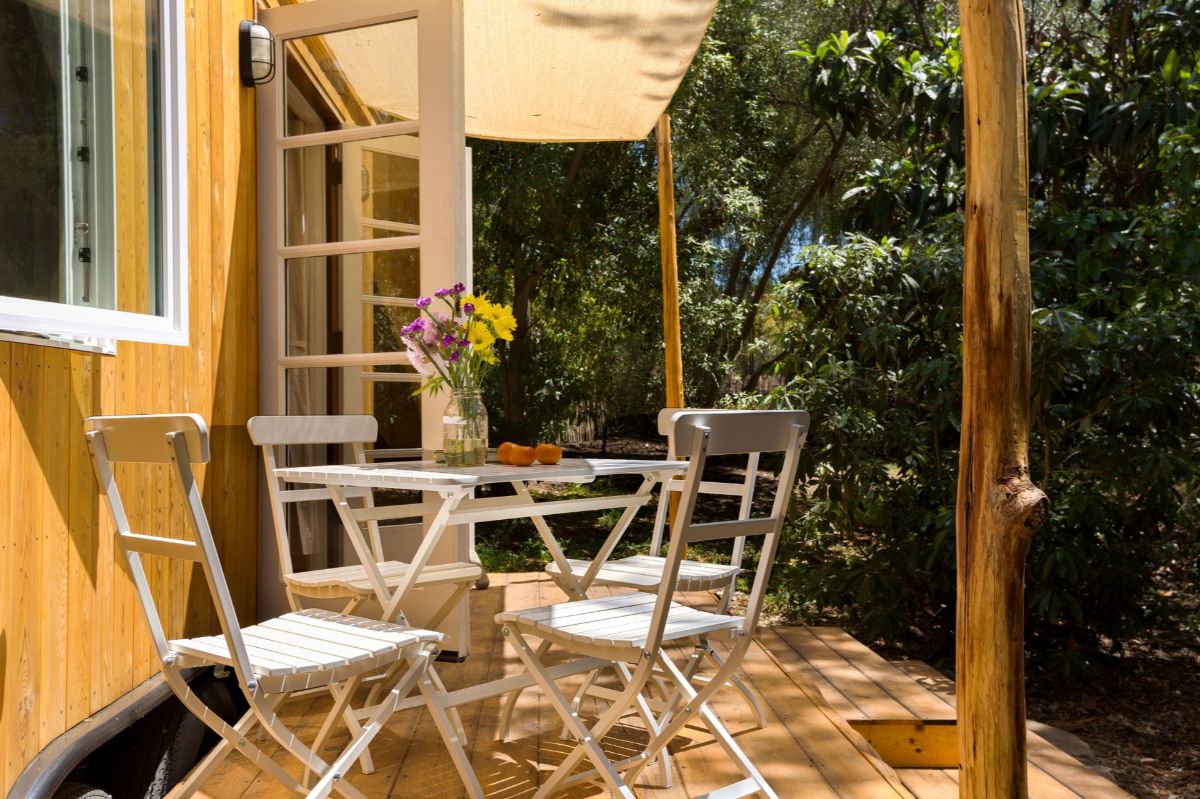
INTERESTED IN A FREE PHONE CONSULTATION?
LESS IS MORE
We want to encourage others to think big by living smaller.


